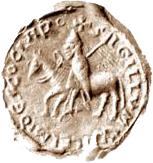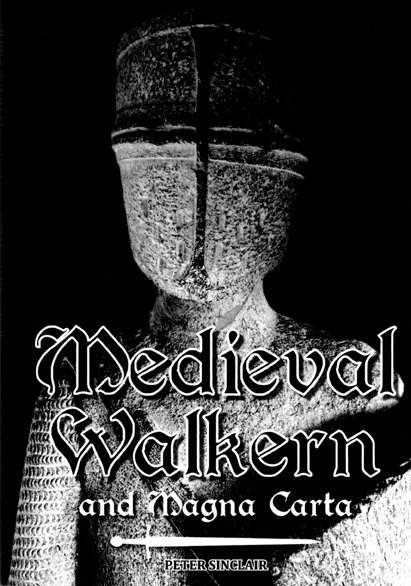Medieval Walkern and Magna Carta
by Peter Sinclair
For anyone passing through Walkern it is just another pretty Hertfordshire village. Yet, like so many villages in England, it has a history, and a very rich history, too.
Soon after the Norman Conquest, Walchra, as it was known then, became the property of Eudo the dapifer, steward to three Norman kings. After his death in 1120, it was granted to Hamo de Saint Clair, constable of Colchester castle and later sheriff of Essex, and after the heroic death of his son it passed to William de Lanvalei, a Breton and supporter of Henry II.
When the barons of England took up arms against King John in November 1214, William’s grandson, another William, was amongst them. He was stripped of his property by the king and excommunicated by the Pope. In June 1215, at Runnymede, he was chosen as one of the 25 sureties or guarantors of Magna Carta. It is this William who is commemorated by the remarkable marble effigy still to be seen in Walkern’s parish church, almost 800 years later.
Walkern’s medieval lords of the manor were able administrators from lesser baronial families, so have largely remained invisible. It is only now that their story, and the story of Walkern, is beginning to be told.
Contents
Acknowledgements
Subscribers
Foreword
1 Introduction
2 Eudo de Rie, dapifer
3 Hamo and William de Saint Clair
4 Walkern and Hubert de Saint Clair
5 William (I) de Lanvalei
6 William (II) de Lanvalei
7 William (III) de Lanvalei and Magna Carta
8 Inheritance and the Walkern effigy
9 Descent of the manor
Appendix I Dating births and deaths
Appendix II The barony of Walkern
Appendix III Donations to St John’s, Colchester
References
Index
Published by the Walkern History Society
144 pages, A5, paperback
ISBN 978-0-9576286-0-1, £10.00

